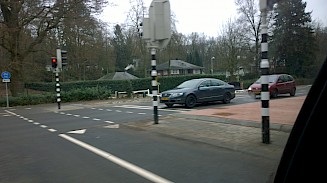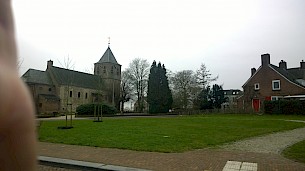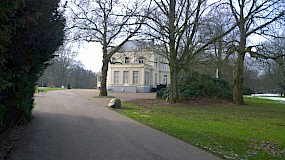Arnhem part 2
The next part of our tour took us to some of the major sites around Oosterbeek. It was great being with Jasper and Rich Clarke, as they clearly knew more about the day to day actions than I did. I knew the history, but when you see the ground the battle was fought over, you appreciate the tactical situation a lot more (below, one of the oldest monuments to the battle, built by the local populace from a 6-pounder, supply containers and helmets).
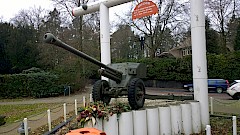 For example, seeing the Westerbouwing heights made me appreciate how it dominated the Arnhem river and why its loss was so disatrous for the Allies. The Germans could lay down murderous fire on any reinforcement attempt or retreat to cross the Nederrijn (lower Rhine).
For example, seeing the Westerbouwing heights made me appreciate how it dominated the Arnhem river and why its loss was so disatrous for the Allies. The Germans could lay down murderous fire on any reinforcement attempt or retreat to cross the Nederrijn (lower Rhine).
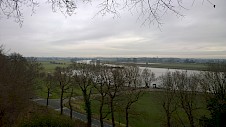 We also briefly visited the place where 5 Platoon, 3 Para ambushed and killed Major General Kussin (see Richard Clarke’s article ‘5 Para’ in WSS 74).
We also briefly visited the place where 5 Platoon, 3 Para ambushed and killed Major General Kussin (see Richard Clarke’s article ‘5 Para’ in WSS 74).
Rich commented how the terrain was quite different from how his mind had pictured it. While a lot has changed since 1944, most of the houses stood then and the style of terrain has changed little. Jasper and Rich had an interesting discussion about the type and height of fencing (waist high wire fencing), confirmed by photographs of the time.
We took a small tour of Oosterbeek, discussing the Hexenkessel (the British Paratroops perimiter). The terrain changed from woodland to rows of houses which in 1944 the British stubbornly held against the SS and Heer forces.
One of our final stops was the Hartenstein Hotel, the headquarters of the British Paras at Oosterbeek. It is now a museum dedicated to the battle. This and our moving visit to the Arnhem Oosterbeek War Cemetery I’ll cover in my next and last post on our visit.

